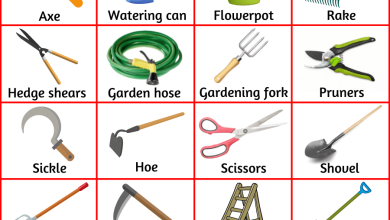Complex Fertilizers: [Characteristics, Effect, Obtaining and Application]
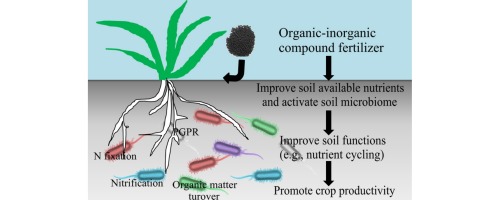
 The nutrition of the plants is essential for them to be healthy and to produce a good harvest (or flowering, depending on the case).
The nutrition of the plants is essential for them to be healthy and to produce a good harvest (or flowering, depending on the case).
There are a number of chemical elements that nature is capable of providing, especially when working on fertile and rich land.
But when one or more of the main nutrients are lacking, the well-known complex fertilizers come to the rescue.
And today we will be delving deeply into what this topic refers to, so do not lose sight of a single detail. Shall we begin?
What are complex or compound fertilizers?
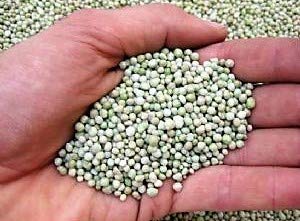 Complex fertilizers are those that have been designed with two or more macronutrients that plants need.
Complex fertilizers are those that have been designed with two or more macronutrients that plants need.
These macronutrients are potassium, phosphorus, and nitrogen. Hence, they are sometimes called NPK fertilizers, if they contain all three.
These are very beneficial fertilizers that can be administered according to the soil studies carried out and the type of crops to be implemented. Among its main characteristics we can highlight:
- These are compounds that are stable at the chemical level.
- As each sphere of fertilizer is made up of all three components, the plants are able to obtain complete nutrition. This in turn is complemented by the fact that each granule is identical to the others in shape, size and weight.
- They have good resistance to environmental elements such as abrasion and dust.
What does compost do to plants?
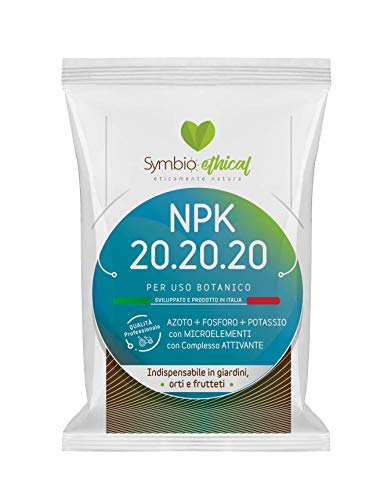 What the fertilizer does is improve the nutritional conditions of the soil, which the plant is then able to absorb through its roots.
What the fertilizer does is improve the nutritional conditions of the soil, which the plant is then able to absorb through its roots.
Both nitrogen, potassium and phosphorus are key elements in this matter, which is why they are known as macronutrients.
The right amount of nitrogen, for example, will help plants grow and develop faster.
It also influences that the plant is vigorous, which directly intervenes in its productive capacity.
Potassium, for its part, is responsible for raising the value of the plant, helping it not only grow in size but also be of quality. It is vital for those plants that are productive of fruits.
It is also directly involved in the process of photosynthesis. Phosphorus, finally, intervenes in the metabolic processes that are the non-visible part but that is what allows the visible.
For example, phosphorus is what helps plants convert energy from the sun into energy that allows internal processes to be generated.
In this way, plants can carry out photosynthesis, process proteins, among others.Phosphorus is the most complex element to find in soils because it has very limited mobility.
How is compost obtained?
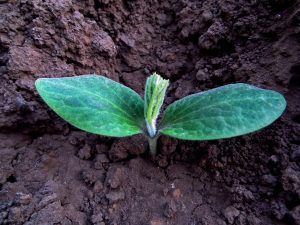 There is an industrial-type process that is established to obtain complex fertilizer and that starts from the raw material of the components themselves.
There is an industrial-type process that is established to obtain complex fertilizer and that starts from the raw material of the components themselves.
Normally, the raw material is soluble in water to ensure that the final result is also soluble and becomes capable of penetrating the crops.
Based on this, we can say that some common raw materials to obtain these chemical elements are:
- Nitrogen: it can be worked from a ureic state, from ammonia or in nitrates.
- Phosphorus: we work naturally with rocks rich in phosphorus. It is also possible to use monoammonium phosphate.
- Potassium: can be obtained by treating potassium sulfate or potassium chloride.
These are treated through chemical reactions that allow them to become a smooth and more or less liquid mixture. Afterwards, this soft mixture is granulated and sent to a drying process that allows obtaining the resulting compost texture.
It is important to note that the smooth mixture is homogeneous, which makes it easier for the resulting grains to have the same composition. The complex fertilizer does not always have the same amounts of each component, since they are adapted according to the possible nutritional needs of the crops.
How is complex fertilizer applied to plants?
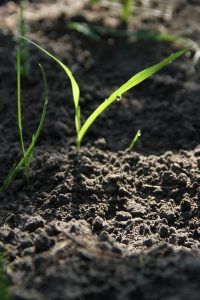 Unlike organic type fertilizers, such as home compost, complex fertilizers are recommended to be implemented as a low layer on the ground.
Unlike organic type fertilizers, such as home compost, complex fertilizers are recommended to be implemented as a low layer on the ground.
This helps the nutrients to be evenly distributed throughout the extension and the plants ‘ own roots to get what they need.
Depending on the ground conditions, it will be necessary to decide on the concentrations of each compound, since they can be variable.
What are the types of complex fertilizer?
Complex fertilizers are of many types depending on the proportions that the manufacturer has decided to create.You can see these in the bags of fertilizers that you buy at any agricultural products store and they are demarcated by a number.
The numbers are distributed in three parts, the first corresponds to nitrogen, the second to phosphorus and the third to potassium.So we have a numbering, for example, 15-15-15. This means that there are 15 kilos of nitrogen, 15 of phosphorus and 15 of potassium.
If, on the other hand, the manufacturer indicates that it is 10-10-0, it means that it does not include potassium. It is very important to look at these data when buying and to know what your crops need to give them just what they need.
Because yes, a nutrient deficit can cause problems in the development and production of plants, it is true. But also an excess, so studying and understanding the behavior of each element that influences it is a task that you must apply yes or yes.
Complex fertilizers have the mission of improving the nutritional conditions of any soil and, due to their characteristics, they are easy to use. In addition, its absorption capacity is really good and, unlike organic compounds, you will know exactly what you are applying.
In any case, when in doubt, it is better to apply a complex fertilizer with balanced content. That is to say, that it has the 3 equal numbers.
Bibliographic references
- Mineral fertilizers: types and use, J Irañeta, L Sánchez, A Malumbres… –…, Fertilization and Environment…, 2011 – academia.edu
- Fertility of soils and fertilizers, SL Tisdale, WL Nelson, J Balasch, C Piña – 1988 – sidalc.net
- The fertilization of crops, AD Vivancos – 1990 – mapa.gob.es
- Fertilizers and fertilization, A Finck – 2021 – books.google.com
- Curiosities about fertilizers, MG Lozano – Horticulture: Magazine of industry, distribution and…, 1983 – mapa.gob.es
- Importance of organic fertilizers, JAF Herrán, RRS Torres, GER Martínez… – Ra Ximhai: magazine…, 2008 – uaim.edu.mx

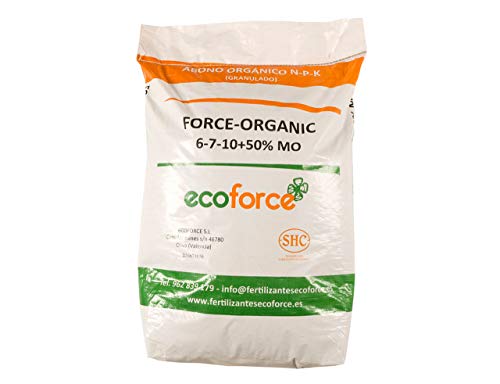
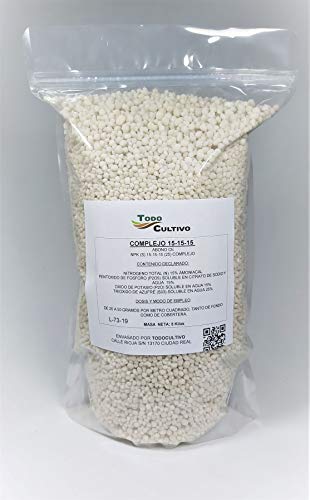
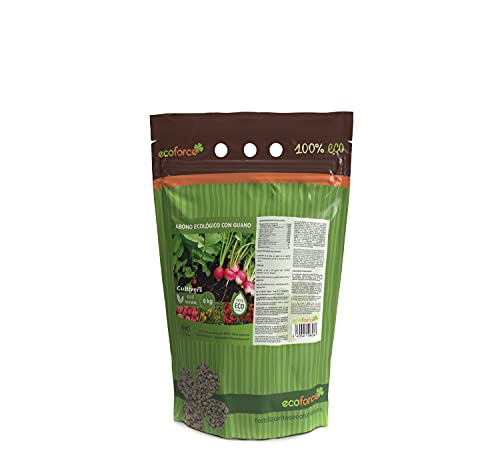
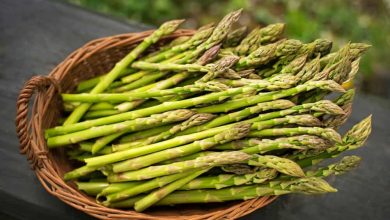
![Photo of Learn to Plant Corn: [12 Steps] and Much More](https://www.complete-gardening.com/wp-content/uploads/2022/08/learn-to-plant-corn-12-steps-and-much-more-390x220.jpg)
